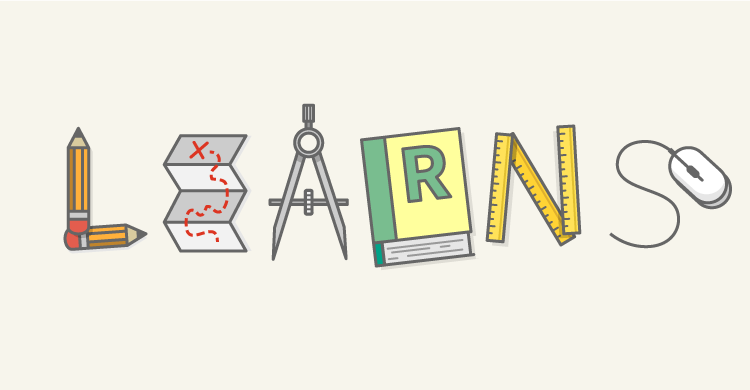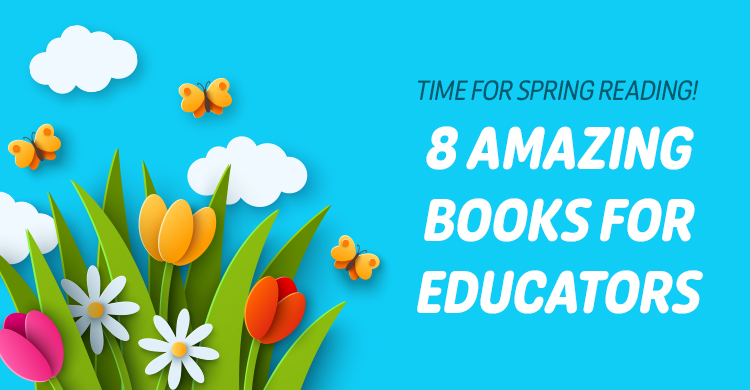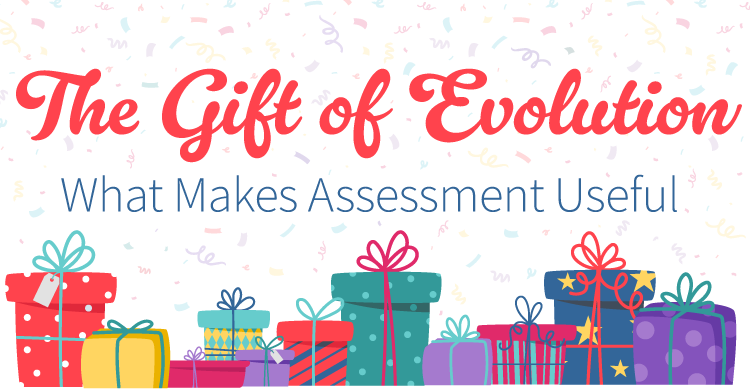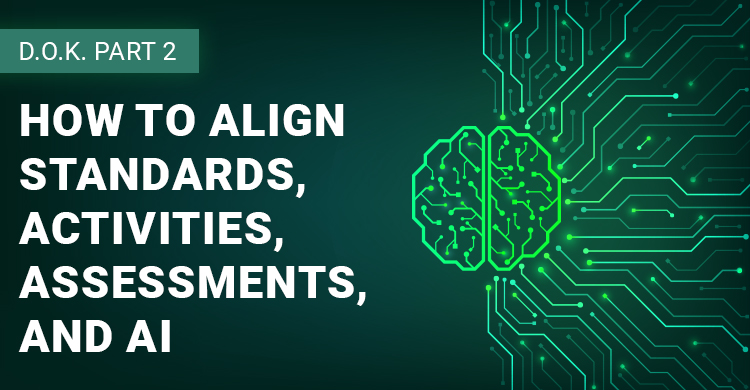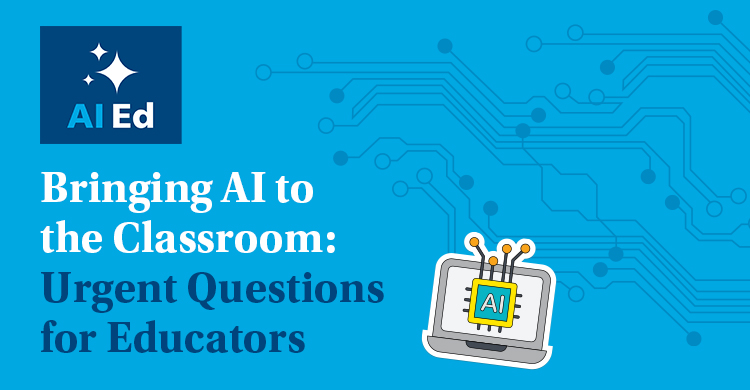Feedback is one of the most powerful instructional intervention tools a teacher has at his/her disposal. Its primary purpose is to reduce the discrepancy between where a learner is relative to where the learner is supposed to be (Chappuis, 2014). But feedback isn’t always employed in effective ways. Kluger and De Nisi (1996) found that feedback, as it is traditionally offered, has less than a 50% chance of creating a productive response on behalf of the learners. Hattie and Timperley (2007) added that if feedback is to be supportive of learning, there is so much more to be considered than simply addressing the most popular criteria of being timely and specific.
Every learner, every time assessed, requires feedback that nudges them to the next level and deserves feedback that honors the learning they have already done and motivates them to keep trying. Feedback is an instructional tool that is used to assure every student learns.
Learning-oriented: The feedback continues a student’s learning, encouraging the student to continue his/her own thinking and continued investigation. Learning-oriented feedback does not generate compliance-based fixes.
Error-specific: The feedback explores specific types and patterns of error and the strategies needed to address those errors, but it does not give away the answers. To do so, it must support the learner in finding his/her own fixes by being descriptive, informative, and evidence-based or data-rich.
Actionable: The feedback can be applied while the student is engaged in the learning. It is timely and applicable. If feedback is offered during the formative stages, the feedback would set the student up for mastery on the summative. If it is offered during the summative stages, the feedback is process-oriented for future assessments that will engage similar knowledge and skills.
Related: The feedback relates directly to the learner by connecting 3 significant areas:
- Links directly to the learning targets involved
- Highlights the specific predetermined quality criteria addressed
- Indicates both success and growth areas for the learner
Narrowed: The feedback narrows the concerns to be addressed to a prioritized and manageable few, helping the learner focus his/her efforts on those elements that will have the greatest impact in a given amount of time.
Self-Regulation-Oriented: The feedback supports self regulation by enabling the learner to make independent, healthy instructional choices while inspiring him/her to continue doing so. Ultimately, feedback creates a tone that fosters hope and efficacy for the learner.
Providing a learner with feedback is serious business. Feedback is the intervention tool with which teachers can empower learners to get into the driver’s seat of their own instructional decision-making. More importantly, it is the tool with which teachers can build hope and efficacy for their learners.
References:
Chappius, J., (2014). Seven strategies of assessment for learning. Portland, OR: Pearson Assessment Training Institute.
Hattie, J., & Timperley, H. (2007). The power of feedback. Review of Educational Research, 77(1), 81–112.
Kluger, A. N. and A. DeNisi (1996). “The effects of feedback interventions on performance: A historical review, a meta-analysis, and a preliminary feedback intervention theory.” Psychological Bulletin 119(2): 254-284.
Wiliam, D. (2013). Feedback and Instructional Correctives. In McMillan J. H. (ed). SAGE handbook of research on classroom assessment. Los Angeles, CA: SAGE Publications, Inc. pp. 197 – 214.
[author_bio id=”68″]


